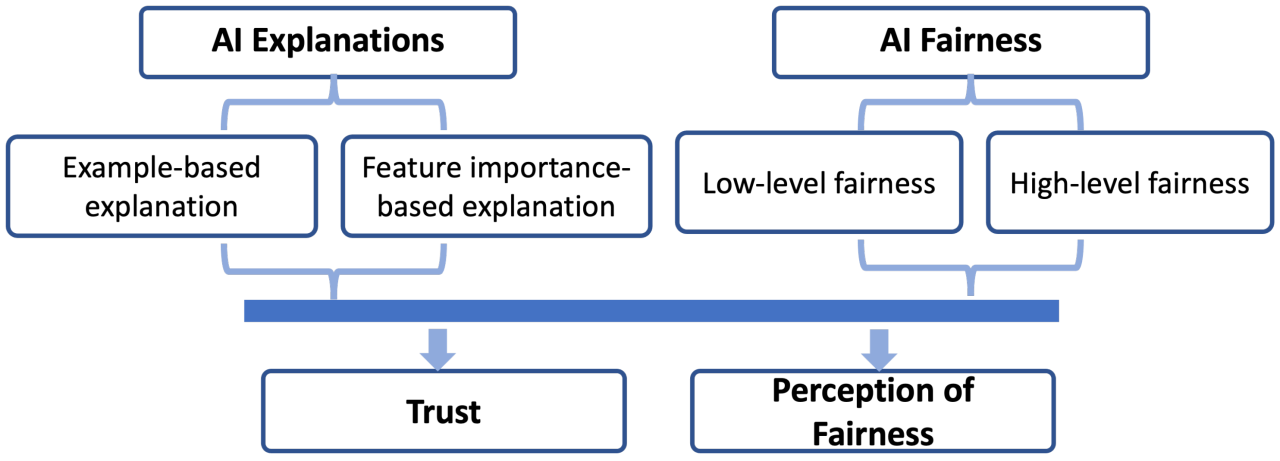
The rise of artificial intelligence (AI) has led to new opportunities and challenges for human rights. While AI has the potential to promote fairness and equity, it can also perpetuate biases and discrimination. In this article, we'll explore the ways in which AI can impact human rights, and the steps that can be taken to ensure that AI is used in a way that is fair and equitable for all.
The Impact of AI on Human Rights
AI can impact human rights in several ways:
- Bias and Discrimination
AI algorithms can be biased, based on the data they are trained on. This can lead to discrimination and exacerbate existing inequalities. For example, facial recognition technology has been shown to be less accurate for people of color, leading to concerns about racial bias and discrimination.
- Privacy
AI relies on large amounts of data to function effectively. This can create privacy concerns, as personal information is collected and analyzed. For example, predictive policing algorithms have been criticized for infringing on privacy rights and targeting marginalized communities.
- Access to Information
AI can be used to filter and curate information, potentially limiting access to diverse viewpoints and perspectives. This can have implications for freedom of speech and the right to information.
Ensuring Fairness and Equity in AI
There are several steps that can be taken to ensure that AI is used in a way that is fair and equitable for all:
- Diverse and Representative Data
AI algorithms should be trained on diverse and representative data, to avoid perpetuating biases and discrimination. This can be achieved through diverse hiring practices and data collection methods that are inclusive of all groups.
- Transparency and Accountability
AI systems should be transparent and accountable, with clear explanations of how decisions are made. This can help to ensure that decisions are fair and can be challenged if necessary.
- Human Oversight
While AI can automate many tasks, it's important to have human oversight to ensure that decisions are ethical and fair. This can include regular audits and reviews of AI systems, as well as training for employees on how to identify and address biases.
Examples of AI and Human Rights
Here are a few examples of how AI is being used to promote human rights:
- Predictive Analytics for Humanitarian Aid
AI can be used to predict and prevent humanitarian crises, by analyzing data and identifying at-risk populations. This can help to ensure that aid is provided where it is needed most.
- AI for Disability Rights
AI can be used to improve accessibility and inclusion for people with disabilities. For example, AI-powered devices can be used to provide real-time translation for people who are deaf or hard of hearing.
- AI for Social Justice
AI can be used to promote social justice and address systemic inequality. For example, AI-powered tools can be used to identify and mitigate bias in hiring practices.
Conclusion
AI has the potential to promote fairness and equity, but it can also perpetuate biases and discrimination. Ensuring that AI is used in a way that is fair and equitable for all requires diverse and representative data, transparency and accountability, and human oversight. As we continue to explore the potential of AI, it's important to prioritize human rights and ensure that AI is used in a way that benefits everyone.